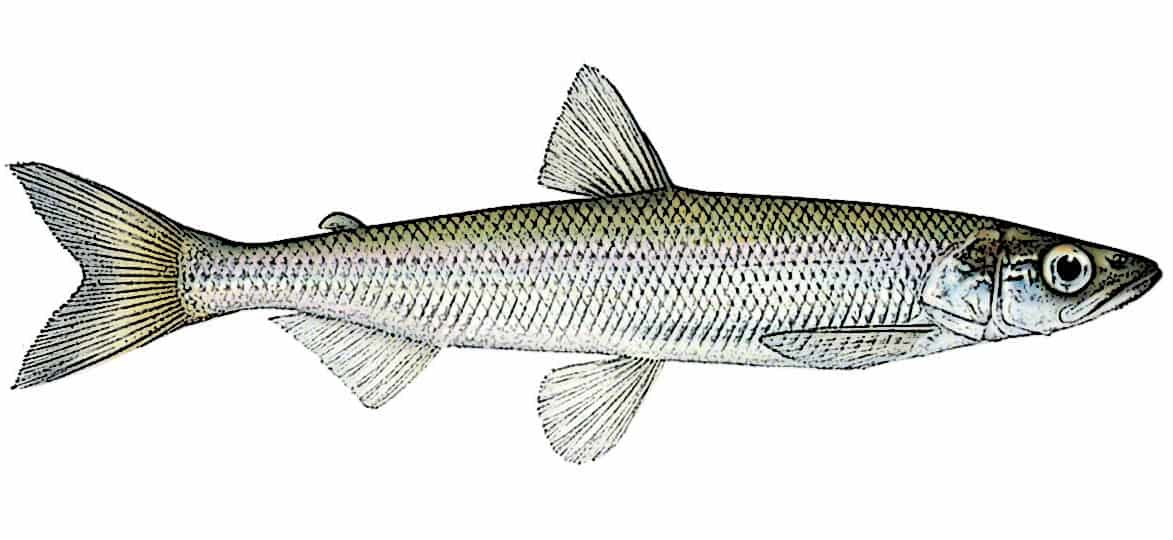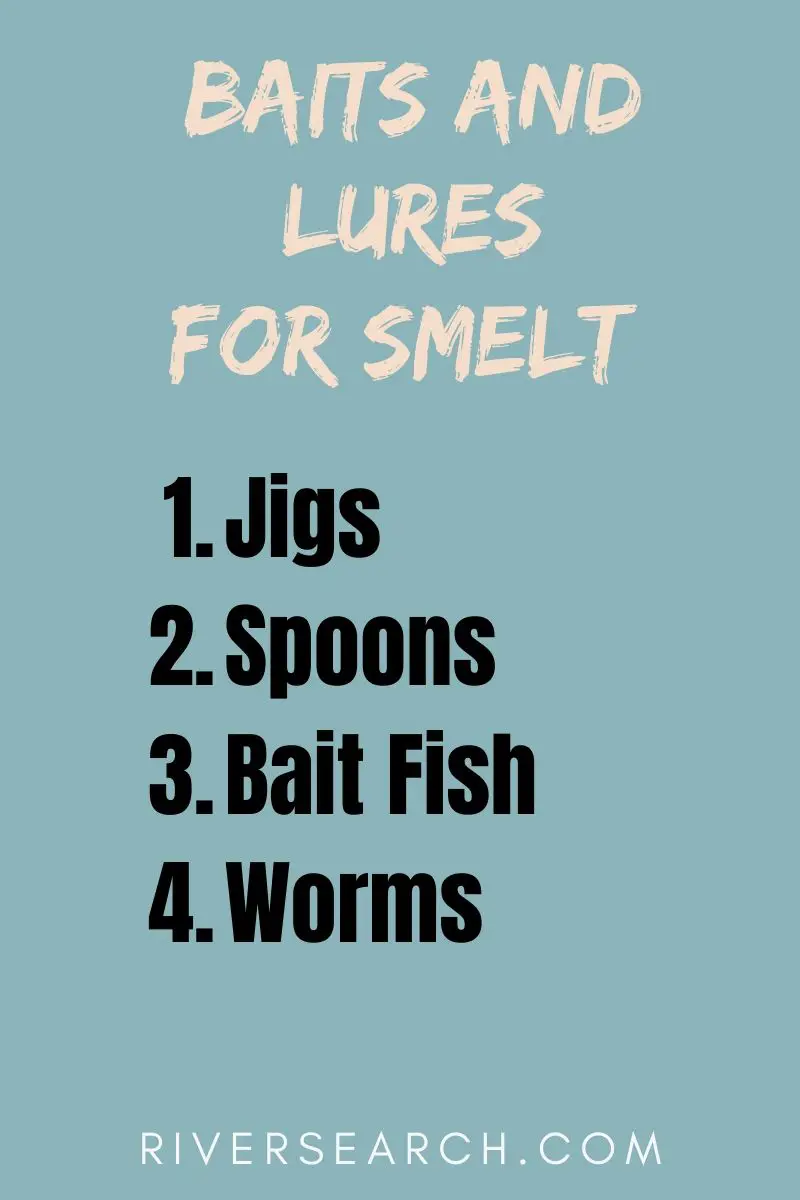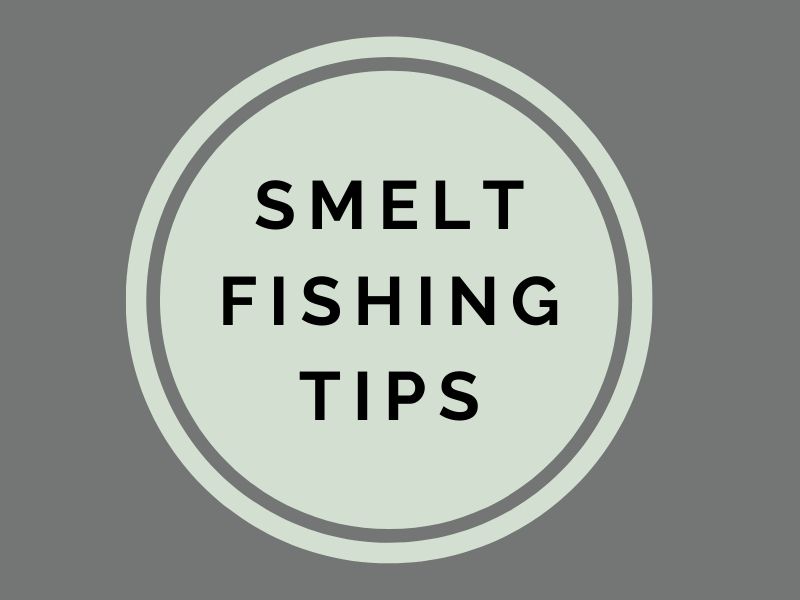Smelt are a fish found throughout the Northern Atlantic and Pacific ocean, and lakes, rivers, and streams throughout North America and Europe. They are popular to ice fish throughout the Great Lakes regions, though they can be caught year-round if you look in the right places. If you’re new to fishing smelt, read these tips and learn everything you need to know about catching them.
How to Catch More Smelt
Use a Dip Net
Smelt are commonly fished through “smelt dipping” in their spring spawning runs. Use a dip net and in a giant sweeping motion move your net behind riffles, boulders, and anything that breaks up the current. Smelt are light-sensitive, so they will move at night. That is why anglers will do their smelt dipping at night.
Try Ice Fishing
Smelt aren’t only caught in spring, they are also popular to target in the wintertime. If you’re ice fishing for smelt, try bringing a lantern or submersible bulb to place near your ice hole. After about 20-30 minutes of the glow of the light near the water, the zooplankton will be attracted to the light, which in turn brings the hungry smelt.
Adjust Your Fishing Level
If you’re fishing in the wintertime, the smelt could be holding anywhere from 1 foot of water or below 40 feet of water. Sometimes you can fish them by sight, but if you are having trouble locating them, try adjusting your level. Start at the top of the water column and drop your lure in 2-foot increments. Whenever you catch one, odds are that by returning to the same level you can catch more.
Where to Catch Smelt
In the springtime around April, you can catch smelt in streams when the water is close to reaching 50 degrees F. This is the time they will begin to enter tributaries to make their runs. During this time you will find the smelt in shallow waters, usually at night. They are light-sensitive so nighttime is often your best bet at catching them in this period.
You can also catch them around this time at sandy beaches. Anglers will often use a seine net carried out with them to try and catch smelt.
In the summertime, smelt will look for cooler deeper waters. You can catch them in harbors, bays, and river mouths. They may also be schooling in deeper lake waters during this time.
In winter they congregate in large schools. Sometimes they will group together near their spawning tributaries.
Smelt Identification

Smelt are small fish with a silver appearance. They have a lower jaw that extends past their snout. Most smelt will not reach sizes greater than 9 inches. In North America, the most abundant smelt is the rainbow smelt.
Smelt Gear Recommendations
Nets
If you’re going to be smelt dipping in the spring runs you will want a long handled net to help scoop the smelt out of the river. You can also use a seine net.
Rods and Reels
Since smelt on average are around 5 to 8 inches, you need smaller gear to catch them. An ultra-light spinning rod around 6 feet in length is all you really need.
Baits and Lures

Jigs
In the wintertime, small jigs tipped with worms are the most effective for catching smelt. Just make sure your jig is on the smaller side since smelt are not a large species. The hali jig is a great option.
Spoons
You can also use spoons to catch smelt. Anglers often use red or white colors to attract bites.
Bait Fish
You can use baitfish, but you may have to cut them up into smaller chunks. Anchovies, alewives, and herring are popular choices.
Worms
Worms are also used for smelt. Waxworms are widely used for tipping jigs in the wintertime, but you can also use blood worms and sand worms.
Smelt Rigs
Sabiki rigs are commonly used for smelt fishing. The sabiki rigs are essentially a multi-hook rig with 6 to 10 small hooks attached with their own small line to a leader. This can be a powerful tool for catching smelt.
Some anglers find sabiki rigs to be messy though and prefer a simpler setup. You can try running a hali jig with several smaller jigs a foot above your main jig.
Related Posts:
White Bass Fishing Tips
Crappie Fishing Tips
